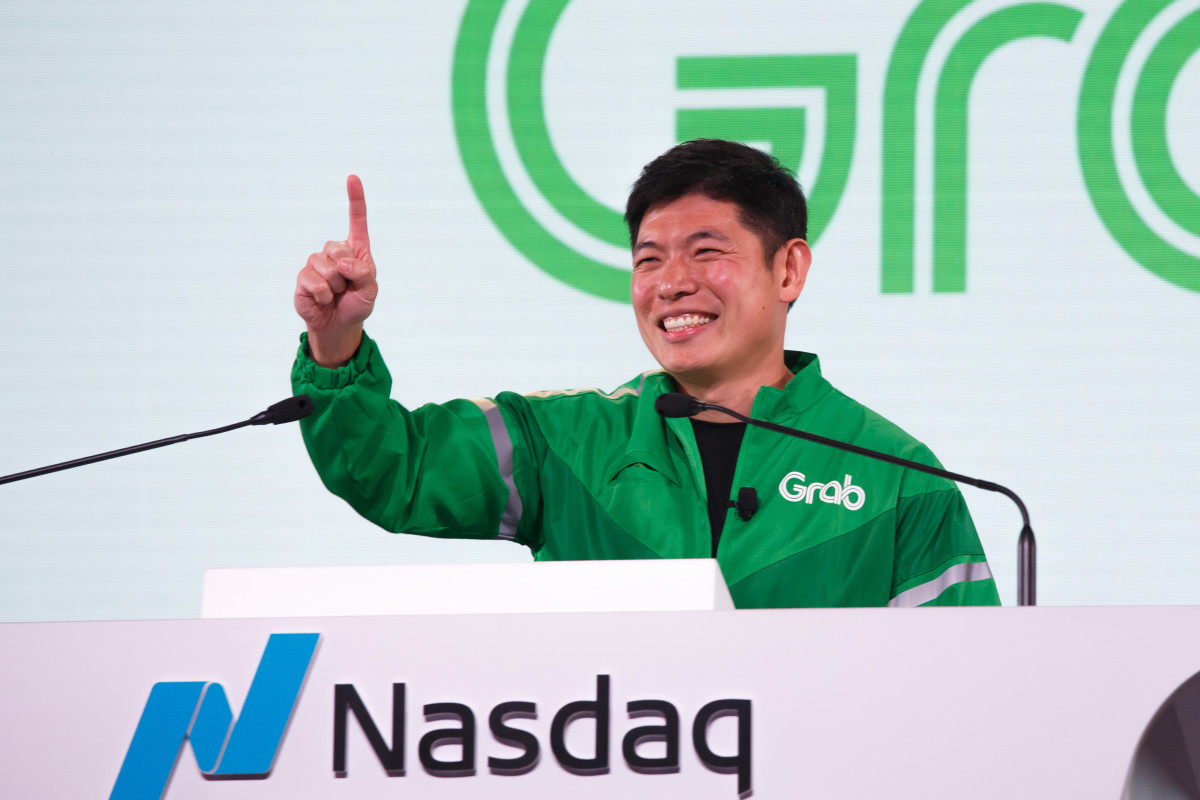
Grab (GRAB) , the Singapore-headquartered “Everyday Everything App,” is Southeast Asia’s answer to Uber, DoorDash, Instacart, and Venmo — all in a single platform.
Best known for its ride-hailing and delivery services, the Grab app also offers a wallet feature that allows users to make payments online and in person, send money to family and friends, finance purchases over time, and even buy travel insurance.
In essence, Grab is (attempting to become) the go-to digital toolkit for everyday life in the eight countries in which it operates — currently, that’s Cambodia, Indonesia, Singapore, Malaysia, Myanmar, the Philippines, Thailand, and Vietnam.
The app has been called Southeast Asia’s answer to Uber, and, as of late 2023, Grab reportedly serves 35 million unique users each month according to the Business Times.
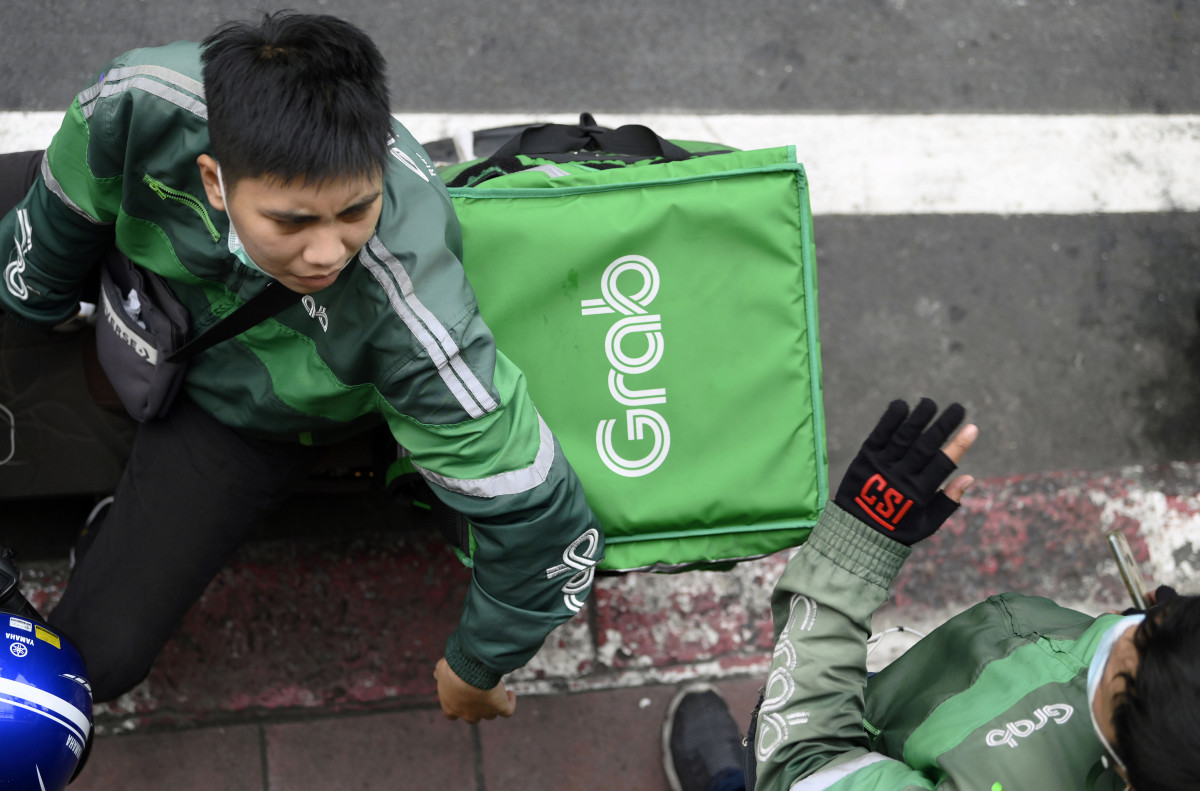
Photo by Paul Lakatos/SOPA Images/LightRocket via Getty Images
Trading publicly in the United States on the Nasdaq exchange since its 2021 IPO, the company turned a profit for the first time during the fourth quarter of 2023 and shows no signs of slowing down.
Here’s what you need to know about Grab's features, its stock, and its ongoing quest to become Southeast Asia’s “one app to rule them all.”
Related: Surge pricing: Examples & how it works on Uber, Lyft, DoorDash & more
How did Grab become the Uber of Southeast Asia? A short history of the app
Grab was born in 2012 at Harvard Business School, the brainchild of Anthony Tan (CEO) and Tan Hooi Ling (COO), both Malaysian nationals who earned their MBAs there the year prior. The pair launched their mobile app — then called “My Teksi” — using a $25,000 grant from the school along with an unknown amount of personal capital.
The purpose of the app was to connect taxi drivers with passengers via their smartphones in order to create a simple and orderly alternative to Malaysia’s then-chaotic (and sometimes unsafe, especially for female riders) ride-hailing environment.
In 2013, the company — by then called GrabTaxi — expanded, making its digital ride-hailing app available in the Philippines that summer, then in Singapore and Thailand before the year’s end. The next year, the company rolled out a fleet of 100 electric taxis in Singapore, expanded operations to major cities in Vietnam and Indonesia, and launched GrabBike, a ride-hailing service for motorbike rides.
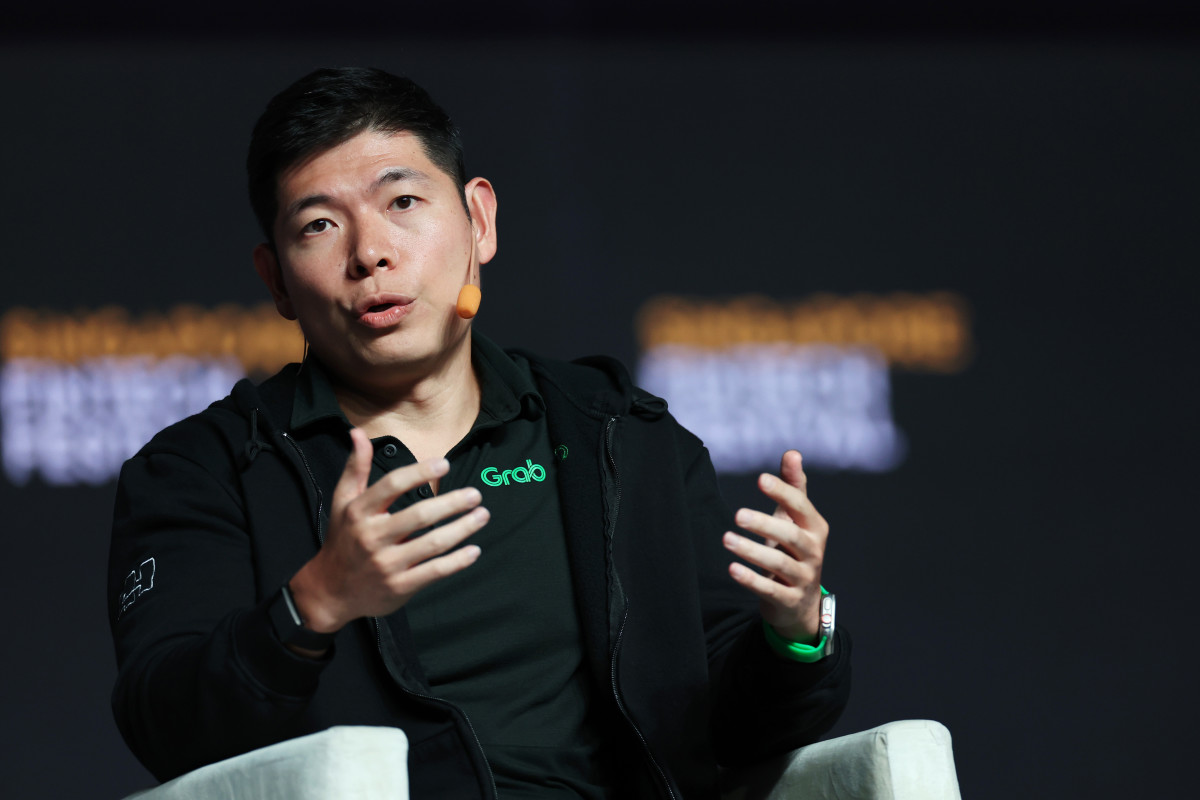
In 2015, the company launched GrabExpress as a package courier service. The following year, it rebranded (shortening its name to Grab and updating its logo) and introduced in-app messaging and translation for drivers and riders. It also created the GrabRewards program, through which users can earn points redeemable toward discounts on subsequent Grab services.
In 2017, the company launched GrabPay, its first financial technology offering, after acquiring an Indonesian payment company called Kudo. Next, it acquired Uber’s Southeast Asian assets and operations in early 2018, cementing Grab’s status as the dominant ride-hailing service in the region.
As a result of this acquisition, which included Uber Eats, Grab added food-delivery services to its suite of offerings, first in Singapore and Malaysia, and then in the remainder of its market before the year’s end.
Related: The 5 most startling Chapter 11 retailer bankruptcies since 2020
As part of this deal, Uber received a 27.5% stake in Grab, and Uber CEO Dara Khosrowshahi joined the company’s board. So, the American-based ride-hailing and delivery giant now has a vested interest in seeing Grab succeed in its own market. Also as part of this 2018 acquisition, Grab agreed to go public by March 2023, a promise it kept with a little over a year to spare.
Business Insider reported the same year that Grab had become Southeast Asia’s first “decacorn” after securing more funding than any other tech startup in the region during the three years prior. (Unicorns are privately held companies worth more than $1 billion, while “decacorns” are privately held companies worth over $10 million.)
The company continued to make acquisitions in the fintech space, gradually expanding its in-app financial offerings to include money transfers, payments to merchants, microloans, insurance services for drivers and passengers, and buy-now-pay-later programs.

By the time it went public on the U.S. stock market via a SPAC merger with Altimeter Growth Corp., the company had built a vast network of partnerships that allowed customers to hail car and motorbike rides, book travel, order food, pay for goods and services, send and receive money, and even obtain travel insurance policies.
In December 2021, Grab shares opened at $13.06 during the company’s first day trading on the Nasdaq, but they tumbled to around half that by the end of the day. Shares continued to fall, and for the next two years, they bobbed up and down in the $2.80 to $3.80 range.
In the fourth quarter of 2023, however, Grab moved into the black for the first time, posting a profit of $11 million on revenue of $653 million, up 30% from the 2022 fourth quarter.
So, what’s next for the Uber-backed “everything app?”
Related: A History of Reddit: From “front page of the internet” to billion-dollar valuation
Is Grab stock a buy?
The market has known since late February 2024 that Grab became profitable during 2023’s final quarter and that it was initiating its first-ever share repurchase program (both of these are usually positives for a stock). That news, however, didn’t seem to do much to bolster the company’s stock price, which sat at around $3.16 then and hadn’t moved much by early April.
The company’s first-quarter 2024 earnings call is set for May 16, and any guidance the company issues on the call could be the catalyst that pushes the stock out of its limbo.
As of this article's last update, company insiders held about a quarter of Grab's stock, while institutional investors — including Morgan Stanley, Blackrock, Invesco, and Bank of America — held just shy of 55% percent. Short interest stood at 2.73%, indicating largely positive sentiment.
Tipranks listed Grab as a "strong buy" based on 10 analyst ratings with an average 12-month upside of about 34%.
During the company’s last earnings call, CEO Anthony Tan said that Grab has grown to become the “largest on-demand platform in the region at a scale that is over 3x larger than [its] next-closest competitor.”
He also noted that, as pandemic-related travel hesitation has waned, the company’s “mobility revenues also increased by 26% YoY in Q4 and 36% YoY for the entire year, driven by an increase in tourist ride-hailing demand.”
During the call, Tan mentioned that the brand is increasing its focus on its travel segment. The travel business offers hotel booking and travel insurance services (more on these below), as non-local travelers tend to spend more than local customers in the markets where Grab operates.
All signs point to continued growth, but growth is expensive, so whether the company will continue to post profits in subsequent quarters will depend on how much it spends on acquisitions and partnerships vs. how much it leverages its current assets.
Related: Boeing's turbulent descent: The company’s scandals & mishaps explained
Grab’s services and features explained
Because Grab operates in hundreds of cities across eight different countries, the services it offers vary by location. So, some of the features explained here may not be available in all markets.
For instance, Grab users in Vietnam, where motorbikes are ubiquitous, can order motorbike rides as a cheaper alternative to hiring a car, whereas in Singapore, where motorbikes are less popular, only car taxi rides are available.
Ride-hailing
Taxi-hailing was Grab’s first offering when it launched in Malaysia in 2012. The company’s mobility arm remains one of its most important, although it now ranks second to delivery in terms of revenue.
Functionally, Grab rides work much like those booked through Uber or Lyft in the U.S. Grab users can enter their destination and book taxi rides through the app with the cost shown up-front. Those willing to wait longer for a ride, share a car with other riders, or ride on the back of a motorbike can access lower fares.
All riders can view drivers’ details and ETA, and message drivers with instructions (the app can translate these messages if the rider and driver use different languages). Larger vehicles, pet-friendly cars, cars with booster seats for children, and luxury vehicles are also available at various price points.
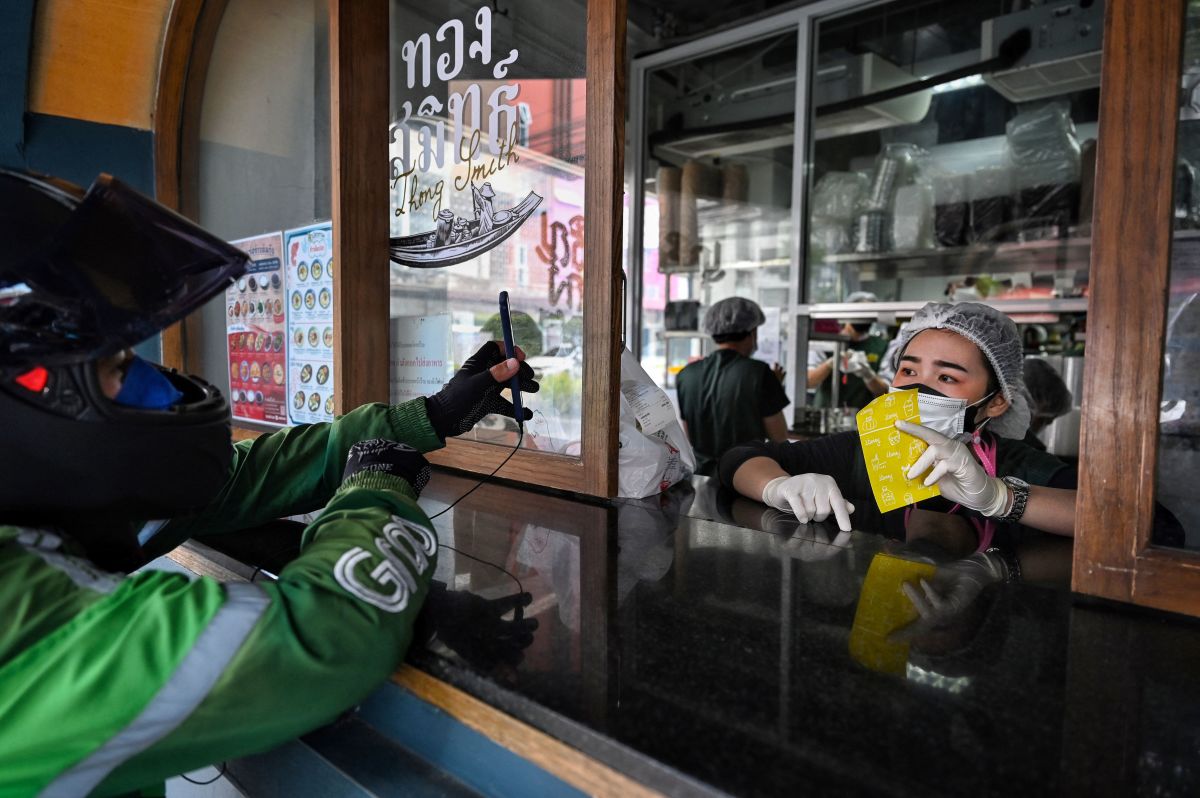
Delivery services
Grab offers three types of delivery services: food, mart, and express. Together, these services account for more revenue than the company’s ride-hailing services.
GrabFood
Grab’s food-delivery feature is quite similar to DoorDash and Uber Eats. Customers can browse the menus of a variety of restaurants, ranging from street carts to fine dining, and order food for delivery, pick-up, or dine-in. Deliveries can be immediate or scheduled, and in-app discounts, coupons, and rewards are sometimes made available.
GrabMart
Grab’s mart delivery feature is similar to American apps like Instacart and GoPuff. Users can browse the wares of partner grocery, pharmacy, and convenience stores and order anything from food staples to toiletries. Deliveries can scheduled ahead of time or placed on an ASAP basis.
GrabExpress
GrabExpress is the company’s courier feature, which offers the types of services bike messengers provide in large American cities. A user requests a delivery and then hands off their parcel to a Grab partner, who immediately totes it to its destination, providing photographic proof of delivery upon completion.
This service can be used to send anything from a confidential single-page document to a 50 kg (110 lb) package, and all deliveries are automatically insured up to $500 (additional protection of up to $2,000 can be purchased for higher-value deliveries).
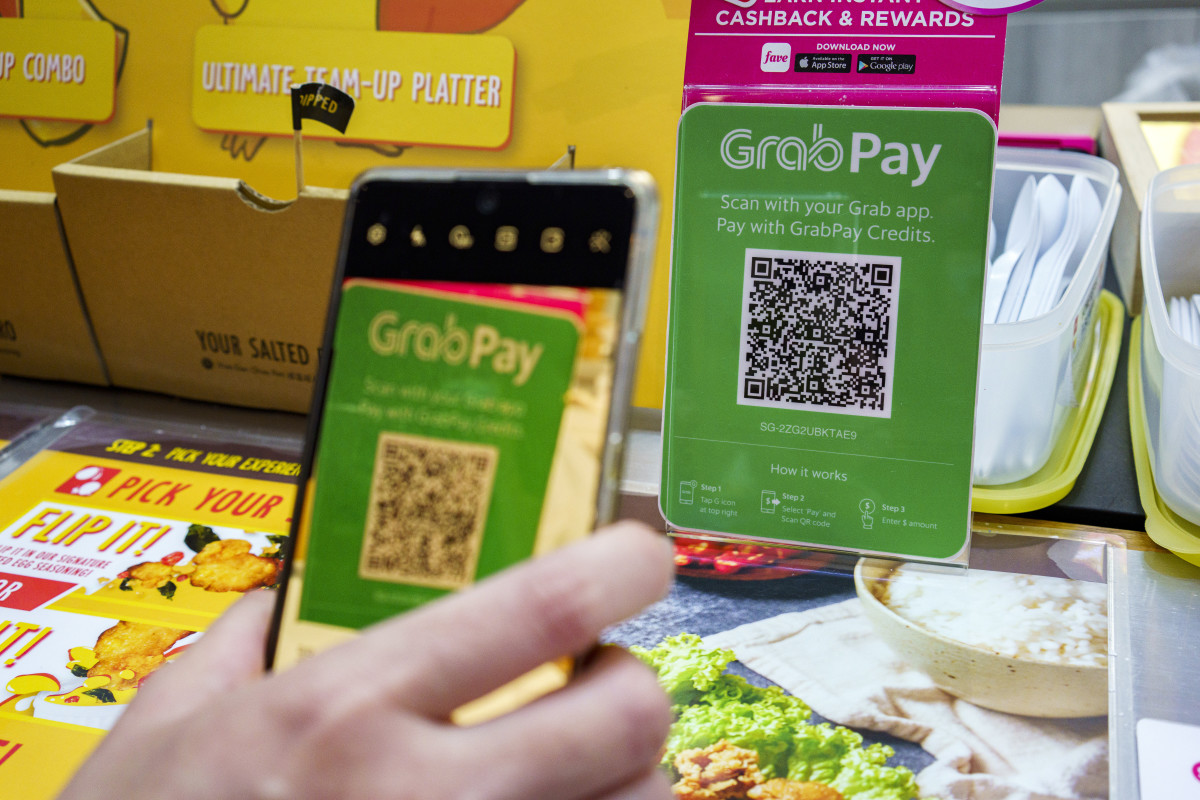
Financial services
Since around 2017, Grab has been expanding the financial side of its app via strategic acquisitions and partnerships with fintech companies. Its financial products vary depending on location, but most center around the GrabPay Wallet.
GrabPay Wallet
The GrabPay Wallet is a cashless payment system Grab customers can use to pay for Grab services, pay bills, send money to others, and make purchases online and in-person at merchants that accept GrabPay.
The GrabPay Wallet’s functionality is similar to that of Paypal or Apple Pay, and by using it, customers accumulate GrabRewards points that can be redeemed toward any of the services the Grab app offers.
Rider and driver insurance
Grab riders are automatically insured up to $20,000 in personal accident coverage whenever they hail a car or bike, and supplementary coverage of up to $100,000 can be purchased for an additional $0.30 per ride.
Grab drivers are also insured automatically up to $20,000 for accident-caused death or disability and up to $2,000 for accident-caused medical expenses.
Third-party liability insurance also covers drivers up to $200,000 for injury or property damage to others. Driver insurance also pays out up to $200 per day for 60 days of hospitalized medical leave or 14 days of non-hospitalized medical leave.
Travel
Grab also offers some in-app solutions for non-local travelers, although these are still somewhat limited.
Travel insurance
Grab users who are traveling can use the app to purchase travel insurance that covers things like medical expenses, delays, and lost luggage. Users enter basic information like their destination and trip duration, and the app provides an instant quote, with daily premiums starting at around $4.
Hotel booking
Grab users can book stays at millions of hotels directly through the Grab app, sometimes with Grab-exclusive discounts, earning Grab rewards as they do so.
Related: Bitcoin's history: A timeline of the crypto's milestones ahead of halving event







